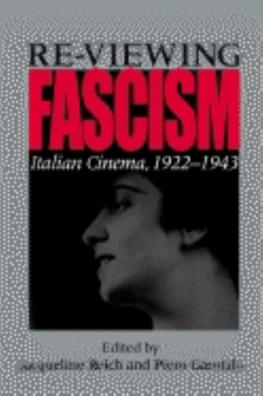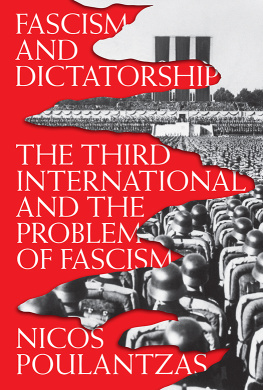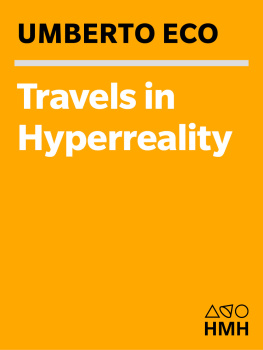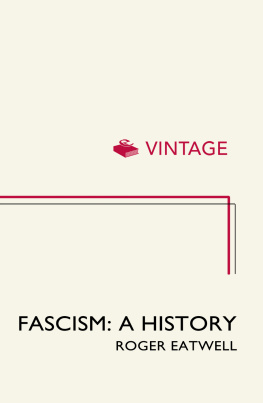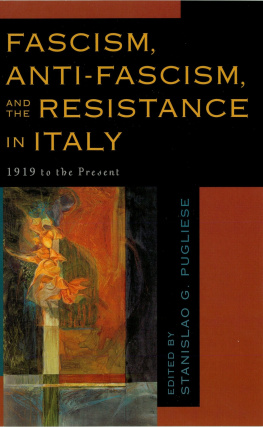

Contents
About the Author
Umberto Eco (19322016) wrote fiction, literary criticism and philosophy. His first novel, The Name of the Rose, was a major international bestseller. His other works include Foucaults Pendulum, The Island of the Day Before, Baudolino, The Mysterious Flame of Queen Loana, The Prague Cemetery and Numero Zero along with many brilliant collections of essays.
ALSO BY UMBERTO ECO
Fiction
The Name of the Rose
Foucaults Pendulum
The Island of the Day Before
Baudolino
The Mysterious Flame of Queen Loana
The Prague Cemetery
Numero Zero
Non-fiction
Faith in Fakes
Five Moral Pieces
Kant and the Platypus
Serendipities
How to Travel With a Salmon and Other Essays
On Literature
On Beauty
Turning Back the Clock
On Ugliness
The Infinity of Lists
This is Not the End of the Book
(with Jean-Claude Carrire)
Inventing the Enemy
Chronicles of a Liquid Society
On the Shoulders of Giants
Ur-Fascism
In 1942, when I was ten, I won the first prize at the Ludi Juveniles, a compulsory open competition for all young Italian Fascists that is to say, for all young Italians. I had written a virtuoso piece of rhetoric in response to the essay title Should We Die for the Glory of Mussolini and the Immortal Destiny of Italy? My answer was in the affirmative. I was a smart kid.
Then in 1943 I discovered the meaning of the word freedom. I shall tell that story at the end of this speech. At the time freedom did not yet mean liberation.
I spent two of my earliest years surrounded by SS, Fascists, and Resistance fighters all busily shooting at one another, and I learned how to dodge bullets. It wasnt bad training.
In April 1945 the partisans took Milan. Two days later they arrived in the little town where I lived. It was a joyous moment. The main square was crowded with people singing and waving flags, calling loudly for Mimo, the leader of the local Resistance movement. A former sergeant in the Carabinieri, Mimo had thrown his lot in with the followers of Badoglio and had lost a leg in one of the first clashes. He appeared on the balcony of the town hall, pale; with one hand, he tried to calm the crowd. I was waiting for him to begin his speech, given that my entire early childhood had been marked by Mussolinis great historic speeches, the most important parts of which we used to memorise at school. Silence. Mimos voice was hoarse, you could hardly hear him. He said: Citizens, friends. After so many painful sacrifices here we are. Glory to those who fell for freedom. That was it. He went back inside. The crowd gave a shout, the partisans raised their weapons and fired into the air in festive mood. We kids rushed to collect the shell cases, precious collectors items, but I had also learned that freedom of speech means freedom from rhetoric.
Some days later I saw the first American soldiers. They were African-Americans. The first Yankee I met was a black man, Joseph, who introduced me to the wonders of Dick Tracy and Lil Abner. His comics were in colour and smelled good.
One of the officers (a Major or Captain Muddy) was billeted in a villa owned by the family of two of my classmates. It was a home away from home for me in that garden where some ladies were clustered around Captain Muddy, talking in sketchy French. Captain Muddy was a well-educated man and knew a little French. So my first image of the American liberators, after all those pale faces in black shirts, was that of a cultivated black man in a yellow green uniform saying: Oui, merci beaucoup, Madame, moi aussi jaime le champagne Unfortunately there was no champagne, but Captain Muddy gave me my first chewing gum and I chewed it all day long. At night I would put the gum in a glass of water, to keep it fresh for the next day.
In May we heard that the war was over. Peace gave me a curious feeling. I had been told that permanent war was the normal condition for a young Italian. Over the following months I discovered that the Resistance was not a local phenomenon but a European one. I learned exciting new words like reseau, maquis, arme secrte, Rote Kapelle, and Warsaw ghetto. I saw the first photographs of the Holocaust, and I learned what this meant even before I learned the word. I realised what it was we had been liberated from.
Some people in Italy today wonder if the Resistance had any real military impact on the course of the war. For my generation the question is irrelevant: we immediately understood the moral and psychological significance of the Resistance. It was a source of pride to know that we Europeans had not waited for liberation passively. I think that for the young Americans who were paying their tribute of blood for our freedom it was not useless to know that behind the lines there were Europeans who were already paying their debt.
Some Italians now say that the legend of the Resistance is a Communist lie. True, the Communists did exploit the Resistance as if it were their own private property, given that they played a primary role in it; but I recall partisans who wore kerchiefs of different colours.
Glued to the radio, I would pass the nights with the windows closed, the blackout made the tiny space around the radio the only halo of light listening to the messages that Radio London broadcast to the partisans. They were at once cryptic and poetic (The sun also rises, The roses will bloom), and most of them were messages for Franchi. Someone whispered to me once that Franchi was the leader of one of the most powerful clandestine groups in North Italy, a man of legendary courage. Franchi became my hero. Franchi (whose real name was Edgardo Sogno) was a monarchist, such a fervent anti-Communist that after the war he joined an extreme right-wing group and was accused of having collaborated in a reactionary coup. But what does it matter? Sogno is still the dream of my childhood. The Liberation was a common undertaking achieved by people of different colours.
Today in Italy some people say that the war of liberation was a tragic period of division, and that now we need national reconciliation. The memory of those terrible years ought to be repressed. But repression causes neurosis. While reconciliation means compassion and respect for all those who fought the war in good faith, forgiving does not mean forgetting. I can even admit that Eichmann believed sincerely in his mission, but I do not feel like saying: Okay, go back and do it again. We are here to remember what happened and to declare solemnly that they must never do it again.
But who are they?
If we think again of the totalitarian governments that dominated Europe before the Second World War, we can easily say that they are unlikely to return in the same form in different historic circumstances. Mussolinis Fascism was based on the idea of a charismatic leader, on corporativism, on the utopia of the fateful destiny of Rome, on the imperialistic will to conquer new lands, on inflammatory nationalism, on the ideal of an entirely regimented nation of Blackshirts, on the rejection of parliamentary democracy, and on anti-Semitism. I admit that Alleanza Nazionale, which sprang from the Movimento Sociale Italiano, is certainly a right-wing party, but it has little to do with the old Fascism. Similarly, even though I am worried by the various pro-Nazi movements active here and there in Europe, Russia included, I dont think that Nazism, in its original form, is about to reappear as a movement involving an entire nation.
Next page



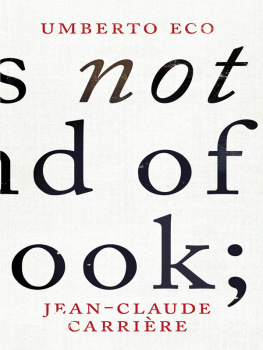
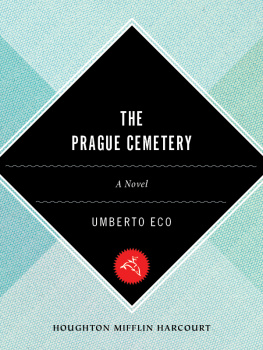
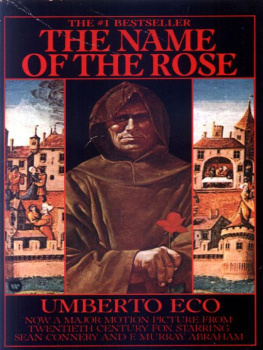

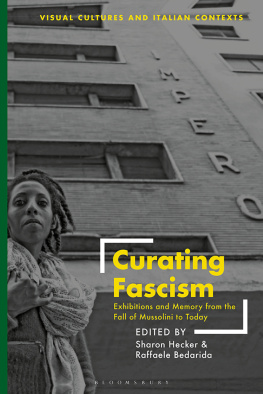

![Patrick G. Zander - Fascism through History [2 volumes]: Culture, Ideology, and Daily Life](/uploads/posts/book/262756/thumbs/patrick-g-zander-fascism-through-history-2.jpg)
